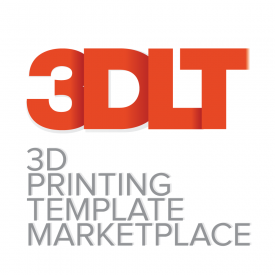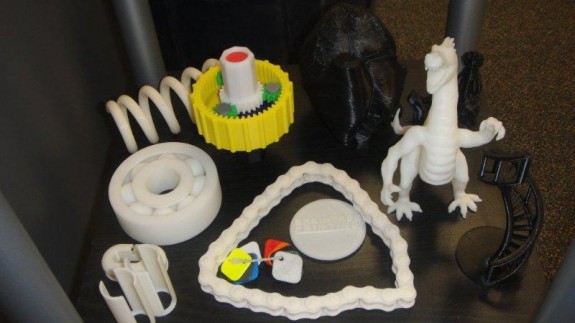Following the successful launch of 3D print in six markets across the country, The UPS Store® is expanding 3D printing services to nearly 100 additional locations nationwide. The UPS Store will be the first nationwide retailer to offer 3D printing services in store.
Customers can bring a Computer Aided Design (CAD) file to participating locations and 3D print their product design on a Stratasys uPrint SE Plus professional-grade 3D printer. The printer is designed to accurately and reliably produce complex engineering parts, functional prototypes, durable models, and one-of-a-kind-objects. Entrepreneurs, engineers, home inventors, and makers can use 3D printing to help refine their ideas and reduce product development time.
During the 2013 pilot program conducted at six UPS Stores, the 3D print services were used by small businesses, startups, inventors, artists and a wide range of professionals. Over the past year, the six locations saw demand for 3D print continuing to increase across a broad spectrum of customers.
“More small business owners and entrepreneurs are looking to 3D printing to help bring their innovations to market,” said Gilad Gans, President of Stratasys North America. “The UPS Store is at the forefront of a growing number of retailers that see additive manufacturing as a significant value-add for their customers.”
Globally, 3D printing services offered by retailers and other providers are growing in demand. According to Wohlers Report 2014, a survey of 3D printing service providers worldwide revealed that more than two-thirds (68.3 percent) added new machines in 2013, up from 58.1 percent in 2012. Overall, the 3D print service provider sector increased by 21 percent last year.
“We are committed to offering small business owners, entrepreneurs and consumers high-tech solutions in order to assist with all of their business needs,” said Michelle Van Slyke, vice president of marketing and sales at The UPS Store. “We launched the pilot to evaluate if there was demand for 3D print and we’re excited to be announcing an expansion, giving even more small business owners access to high-quality, professional 3D printing.”
Now small business owners and consumers across the country will have convenient access to top-notch 3D printing at a much higher quality than an at-home 3D printer can provide.
“There are significant differences between home 3D printers and professional 3D printers,” said Daniel Remba, small business technology leader at The UPS Store. “Many of the challenging and time consuming steps used to prepare a simpler printer are fully automated on the uPrint SE Plus, leading to added precision and reliability, higher print quality, and a success rate unmatched by a home printer.”



